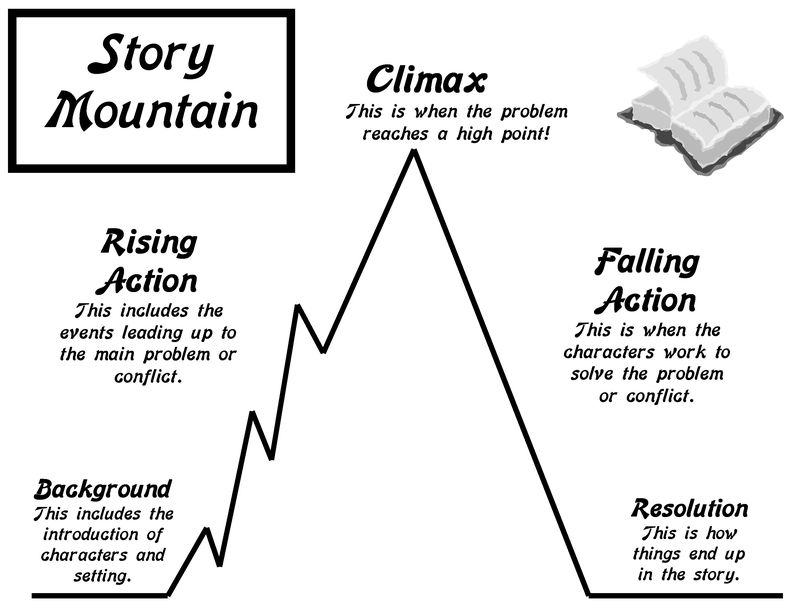Creating a Story Framework
Stories are not just sequences of events—they have to go somewhere. Any good story begins with a character who wants something. The story describes the character’s journey toward getting what he or she wants . . . or not. (Stories don’t have to have happy endings, only satisfying ones.)
Keep your character’s struggle to get something he desperately wants in mind as you build your story framework by answering these questions.
- Who is my main character? What is he like in his ordinary life?
- What does he want? Is there an extraordinary event that calls him to action?
- What is he willing to do to get what he wants?
- How do the character’s flaws prevent him from achieving his goal?
- What obstacles, internal or external, thwart him?
- Does he finally overcome the obstacles or is he unable to succeed?
- How is the character changed as a result of the struggle?
How To Write A Great Story?
Now that’s a little bit more complicated. No, it’s not hard or “impossible”, but you are going to use your brain for this. You’re ready? Let’s get started!
STEP 1: CHOOSE THE MAIN CHARACTER
STEP 2: ADD MORE CHARACTERS
STEP 3: WRITE THE OUTLINE
STEP 4: FILL IN THE STORY
STEP 5: EDIT YOUR MASTERPIECE
How to Write a Story: Four Valuable Tips
Now that you understand the framework for writing a story, these tips will help you make it great.
1. Where is your story taking place?
The details may be just for atmosphere (a bookstore where two people meet and begin a whirlwind romance), or they can play a major role (a mountaintop from which a volcanologist is trying to escape because the volcano he’s been studying has suddenly roared to life).
2. Your character can’t be perfect.
Perfect people don’t exist, and if they did, they’d be interminably dull. Give your character flaws that will both help us relate to her as a human being and increase the story’s tension as the conflict builds.
3. Your character has to feel some discomfort.
His struggles are what makes him relatable. Whatever he’s competent at, throw the opposite at him. If he’s a cocky rock guitarist with a skyrocketing career trajectory, make his arrogance the cause of an accident that injures his hand, causing permanent damage. How will he react? How will he change? The answer is your story.
4. Whatever you’re working on, finish it.
Get the first draft on paper. Only when you’ve written from beginning to end can you begin the work of rewriting and editing. When you’ve tweaked the story for plot and substance, you can use the best grammatical techniques to help you fine-tune.

The five parts are:
- Introduction/Beginning
This is the introduction to the world of the story and the main character(s) - Build up
These are the events that interrupt this everyday world, a rising tension that leads us to… - Problem/Dilemma/Climax
The main obstacle in the story, whether that’s a big baddie or monster, or just a personal problem like shyness or fear - Resolution
What happens after the big climax? Did the character(s) overcome it? How have they/their situation changed? - Ending
Telling or implying the moral or meaning of the story as it finishes

)